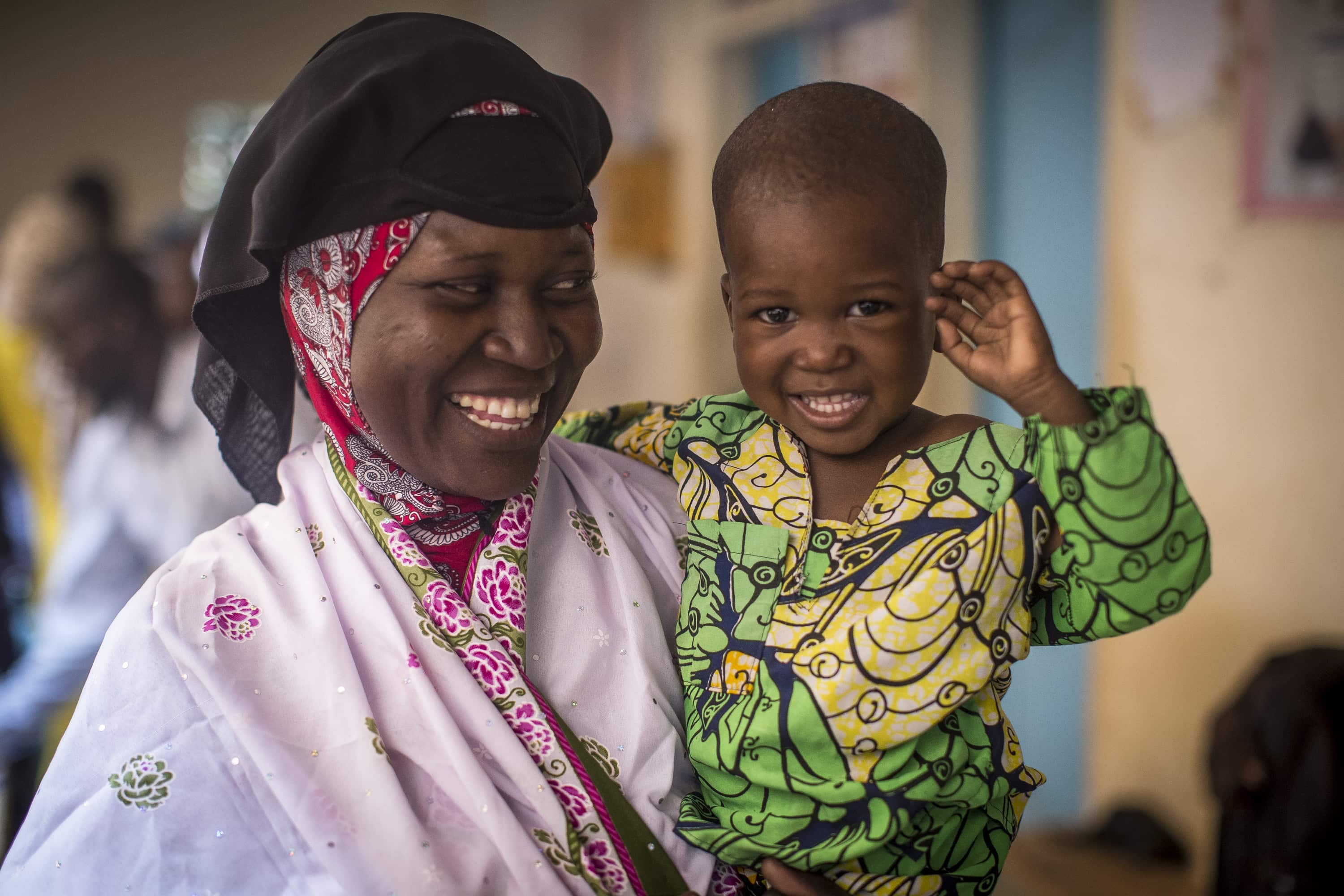
Key facts
- Africa’s child population will reach 1 billion by 2055, making it the largest child population among all continents.
- From 2017 onwards, sub-Saharan Africa is the region with the highest number of births, and this trend will persist for the rest of the century.
- Based on continuation of current coverage, more than 300 million of Africa’s 730 million projected births through 2030 will not be attended by skilled health personal.
- In Africa, mortality rates among children under age 5 decreased by 58 per cent between 1990 and 2017, still, over half of the world’s 5.4 million under-five deaths in 2017 occurred in Africa.
- While mortality rates have declined among all age groups in Africa, child deaths tend to be concentrated at the youngest age groups with 85 per cent of all deaths to children under age 15 occurring among children younger than 5.
- In 2016, pneumonia, malaria and diarrhoea accounted for 36 per cent of all under- five deaths in Africa.
- On current trends, 31 million under-five deaths will occur in Africa between 2018 and 2030—if all countries at risk of missing the SDG target on under-five mortality achieved the target, 8 million lives could be saved on the continent.
- Changing demographics and a growing population in Africa will require an additional 4.2 million health workers above current growth to meet WHO minimum standards and an increase of 1.3 million primary school teachers to meet the best sub-regional performers’ pupil-teacher ratio by 2030.
- The under-five mortality rate for Africa declined by 58 per cent from 1990 to 2017, while mortality among older children and youngadolescents (aged 5-14) in Africa declined by 54 per cent over the same period.
- Africa will need to add millions more health workers and primary school teachers by 2030 to meet the demands of shifting demographics